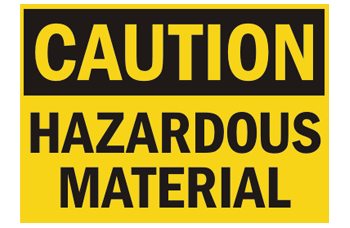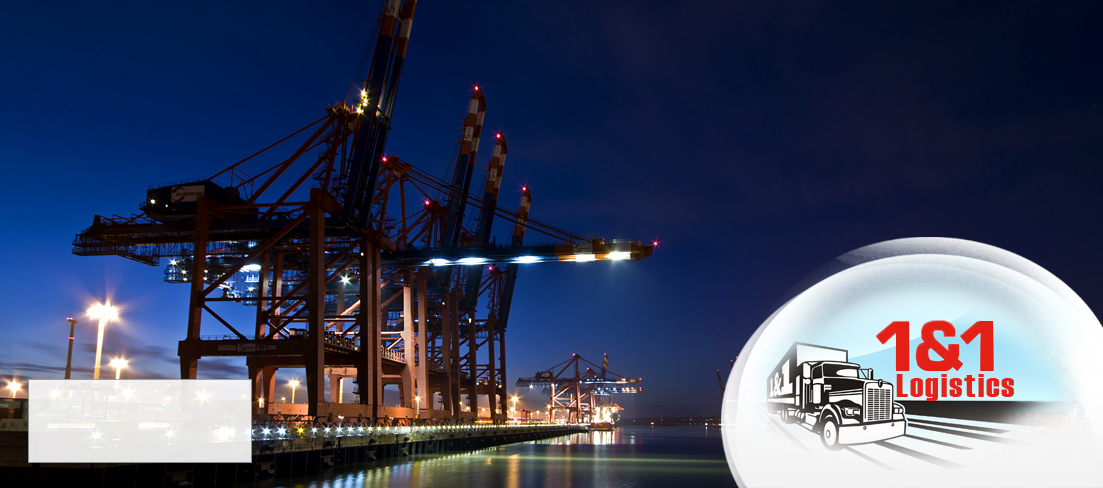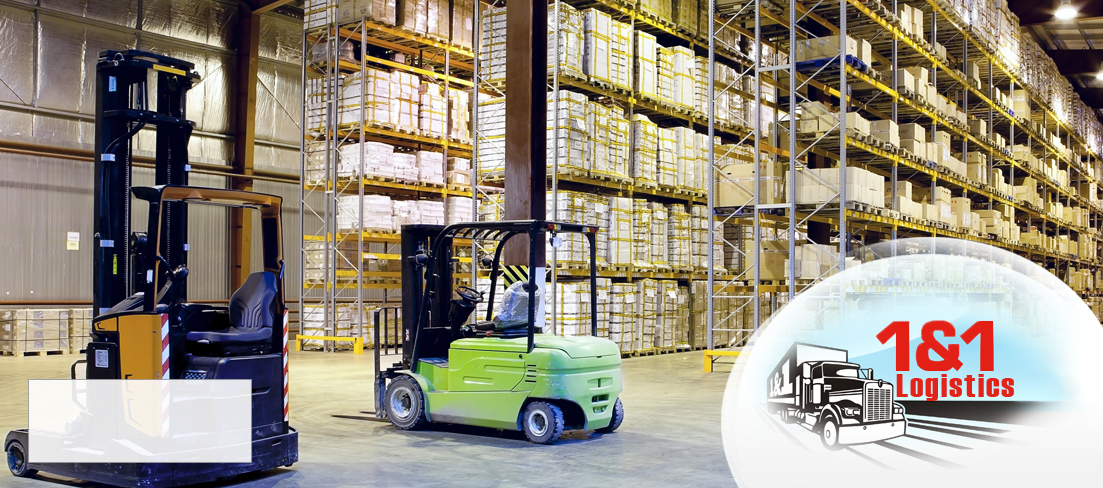1&1 Transportation Inc is Hazmat licensed company with trained personnel. We are helping our customers with pick up and delivery Hazmat containers from NY/NJ ports and rails. Check Hazmat Certificate.
Shipper’s responsibilities while shipping hazardous materials
 Shipping Papers: Shipper Responsibility
Shipping Papers: Shipper Responsibility
- Shipper name and address
- Consignee name and address
- Proper Shipping Name (per CFR49, 172.101 Hazardous Material Table)
- Hazard Class/Division
- Hazard Identification Number (example: UN1263 or NA1760)
- Packing Group (I, II, III)
- Piece Count and Package Type
- List Hazmat Items First
- Emergency Response Phone Number
- Shippers Certification
- Emergency Contact Name (DOT HM-206F)
- Emergency Contact Phone Number (DOT HM-206F)
Package Marking: Shipper Responsibility
Package must show proper shipping name; hazard identification number; and name and address of shipper or consignee. Markings must be durable; in English; printed or affixed to packaging; and in contrasting color, unobscured and away from other markings.
Placards: Shipper Responsibility
Placards must be provided for all hazardous material shipments. They must be in good condition.
Labels: Shipper Responsibility
Labels must be securely affixed to package near proper shipping name and unobscured and away from any other markings. Labels must represent the hazard class of the product being shipped. Multiple labels are required in special cases including "Toxic by Inhalation". No labels are required for "Limited Quantity" shipments except Class 6 (Poisons).
Labeling and shipping requirements
The 9 Classes of Dangerous Goods
 |
CLASS 1 – EXPLOSIVES Explosives are materials or items which have the ability to rapidly conflagrate or detonate as a consequence of chemical reaction. |
 |
CLASS 2 – GASES Gases are defined by dangerous goods regulations as substances which have a vapour pressure of 300 kPa or greater at 50°c or which are completely gaseous at 20°c at standard atmospheric pressure, and items containing these substances. The class encompasses compressed gases, liquefied gases, dissolved gases, refrigerated liquefied gases, mixtures of one or more gases with one or more vapours of substances of other classes, articles charged with a gas and aerosols. |
 |
CLASS 3 – FLAMMABLE LIQUIDS Flammable liquids are defined by dangerous goods regulations as liquids, mixtures of liquids or liquids containing solids in solution or suspension which give off a flammable vapour (have a flash point) at temperatures of not more than 60-65°C, liquids offered for transport at temperatures at or above their flash point or substances transported at elevated temperatures in a liquid state and which give off a flammable vapour at a temperature at or below the maximum transport temperature. |
 |
CLASS 4 – FLAMMABLE SOLIDS; SUBSTANCES LIABLE TO SPONTANEOUS COMBUSTION; SUBSTANCES WHICH EMIT FLAMMABLE GASES WHEN IN CONTACT WITH WATER Flammable solids are materials which, under conditions encountered in transport, are readily combustible or may cause or contribute to fire through friction, self-reactive substances which are liable to undergo a strongly exothermic reaction or solid desensitized explosives. Also included are substances which are liable to spontaneous heating under normal transport conditions, or to heating up in contact with air, and are consequently liable to catch fire and substances which emit flammable gases or become spontaneously flammable when in contact with water. |
 |
CLASS 5 – OXIDIZING SUBSTANCES; ORGANIC PEROXIDES Oxidizers are defined by dangerous goods regulations as substances which may cause or contribute to combustion, generally by yielding oxygen as a result of a redox chemical reaction. Organic peroxides are substances which may be considered derivatives of hydrogen peroxide where one or both hydrogen atoms of the chemical structure have been replaced by organic radicals. |
 |
CLASS 6 – TOXIC SUBSTANCES; INFECTIOUS SUBSTANCES Toxic substances are those which are liable either to cause death or serious injury or to harm human health if swallowed, inhaled or by skin contact. Infectious substances are those which are known or can be reasonably expected to contain pathogens. Dangerous goods regulations define pathogens as microorganisms, such as bacteria, viruses, rickettsiae, parasites and fungi, or other agents which can cause disease in humans or animals. |
 |
CLASS 7 – RADIOACTIVE MATERIAL Dangerous goods regulations define radioactive material as any material containing radionuclides where both the activity concentration and the total activity exceeds certain pre-defined values. A radionuclide is an atom with an unstable nucleus and which consequently is subject to radioactive decay. |
 |
CLASS 8 – CORROSIVES Corrosives are substances which by chemical action degrade or disintegrate other materials upon contact.Sub-Divisions There are no subdivisions within Class 8, Corrosives. |
 |
CLASS 9 – MISCELLANEOUS DANGEROUS GOODS Miscellaneous dangerous goods are substances and articles which during transport present a danger or hazard not covered by other classes. This class encompasses, but is not limited to, environmentally hazardous substances, substances that are transported at elevated temperatures, miscellaneous articles and substances, genetically modified organisms and micro-organisms and (depending on the method of transport) magnetized materials and aviation regulated substances. |
Grades of Hazmat We Transport:

We do NOT haul Class 1.1, 1.2, 1.3.
We do NOT haul any Class 2 or 6 Inhalation Hazards, as defined by the PHMSA Hazardous Material Table.
We do NOT haul Class 4.3 Dangerous when Wet.
We do NOT haul Class 5.2 Organic Peroxides.
We do NOT haul Class 7.




